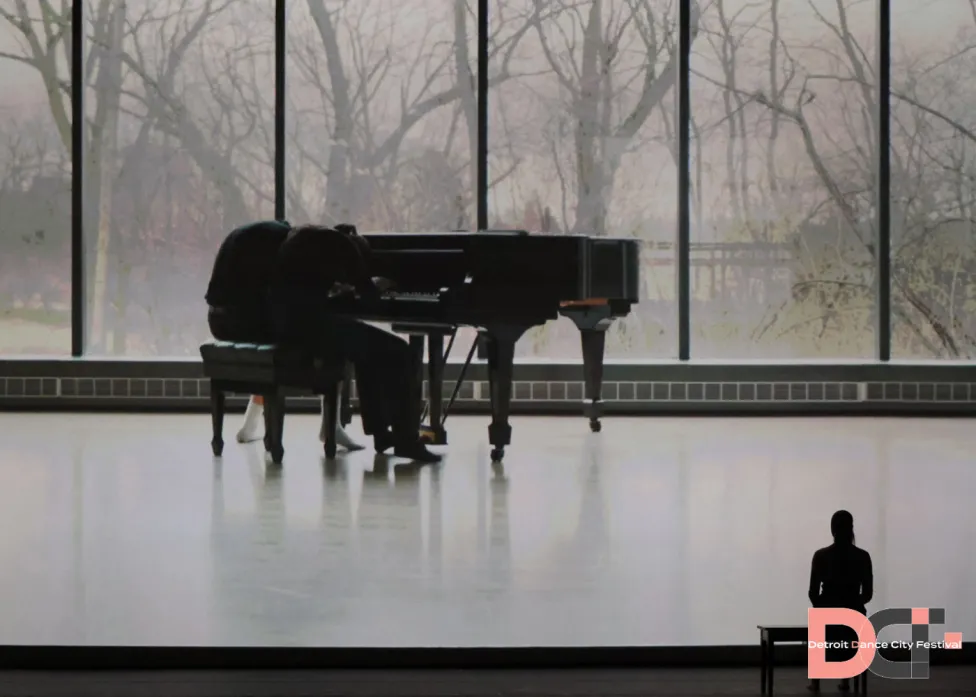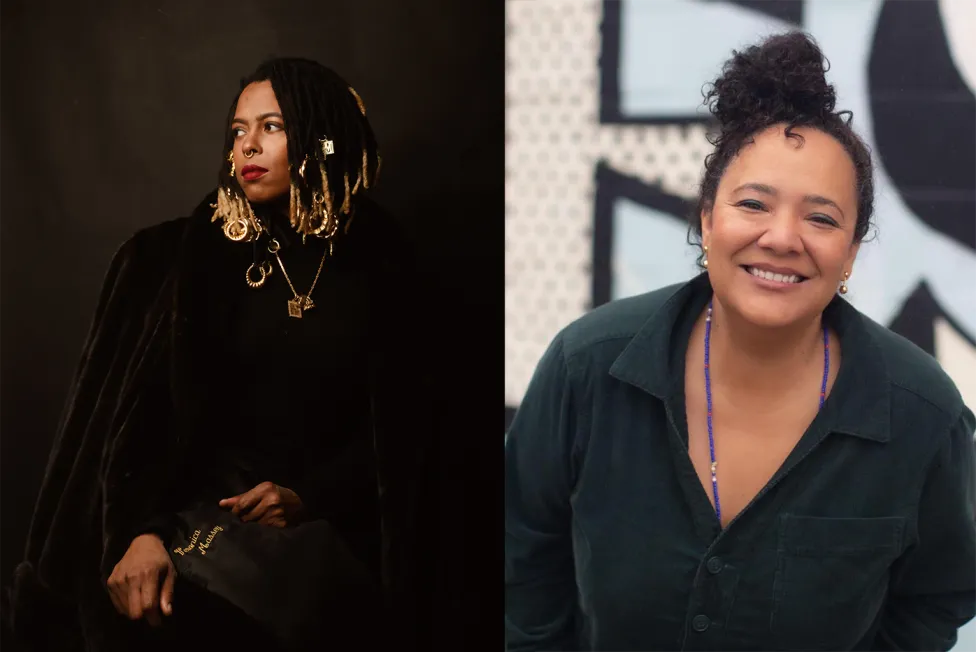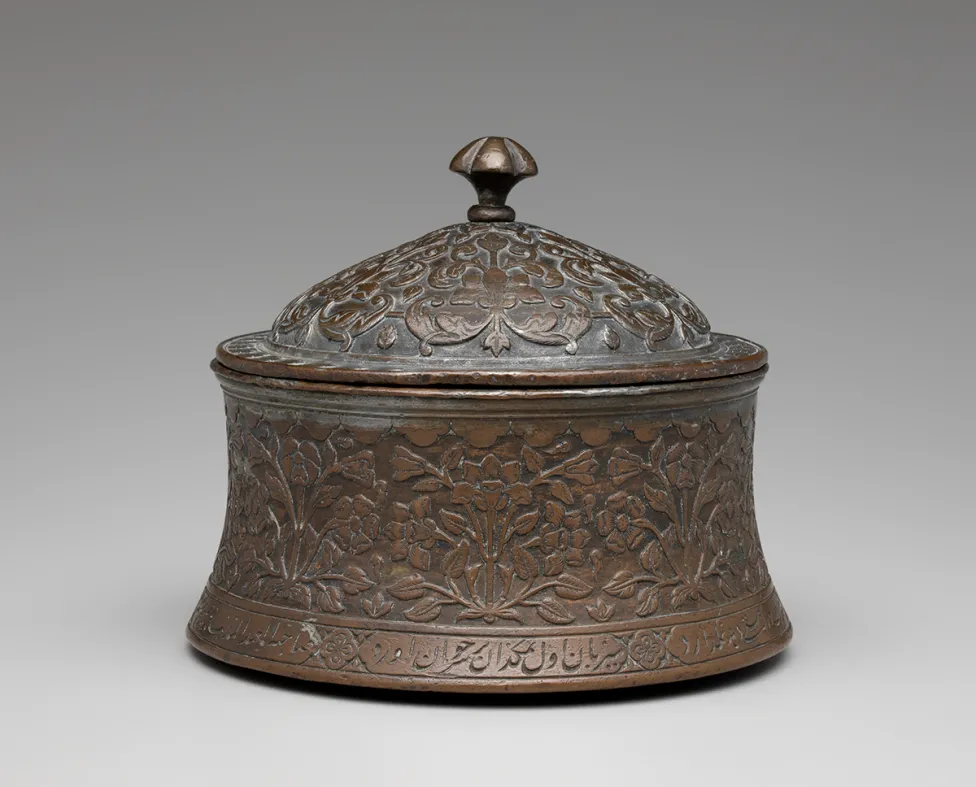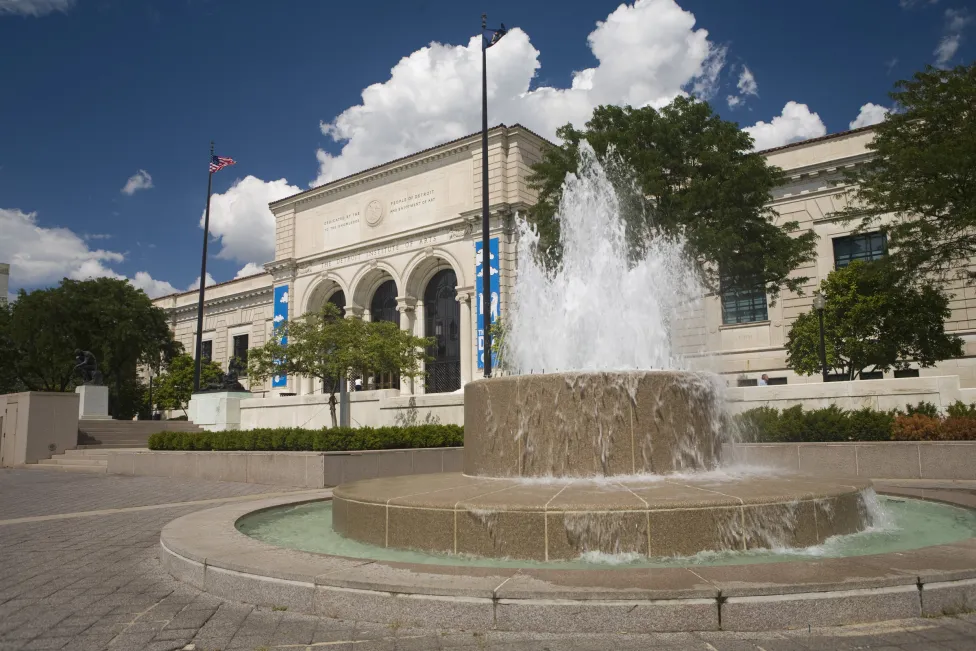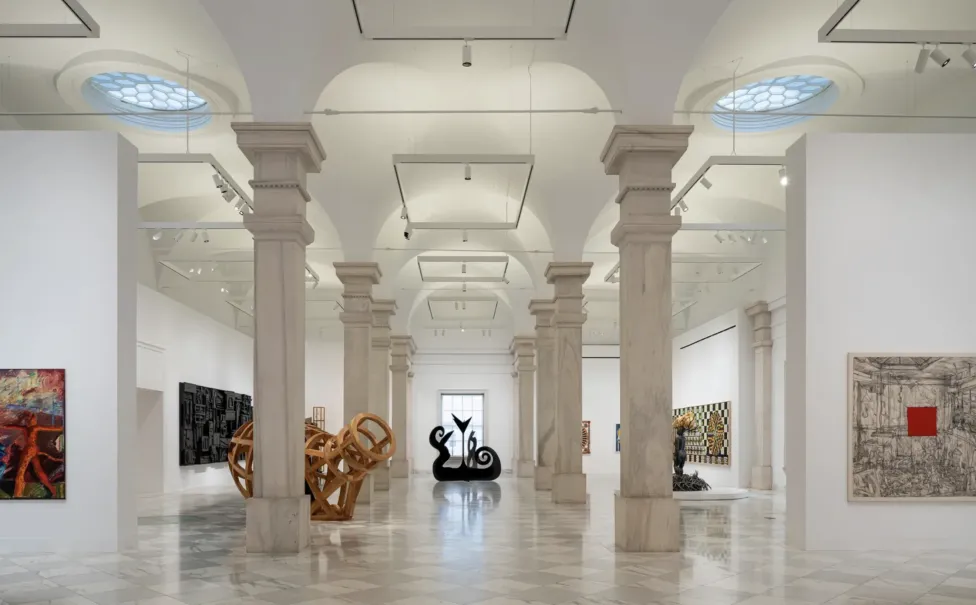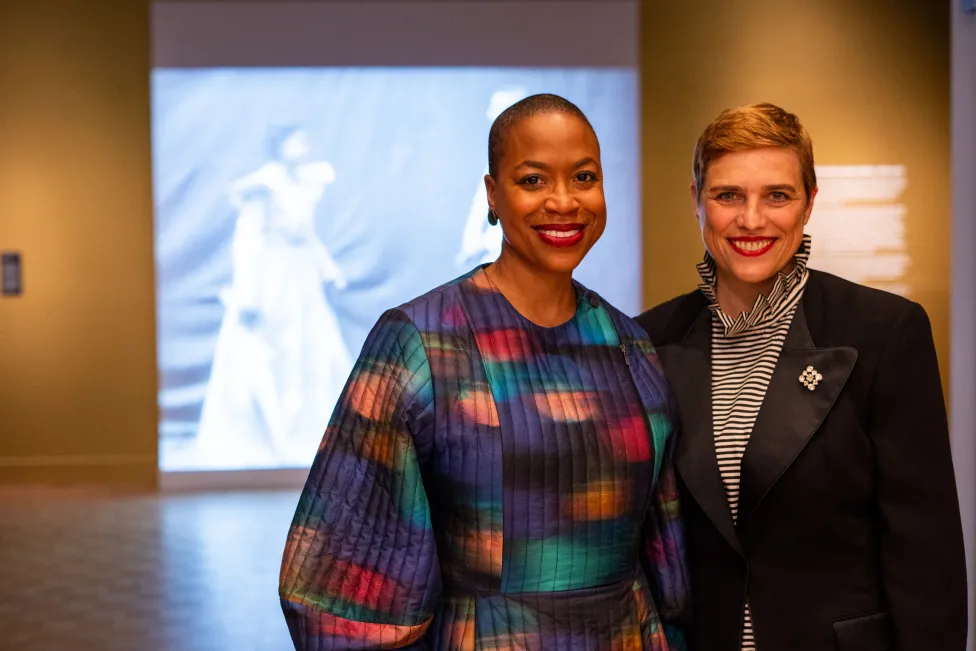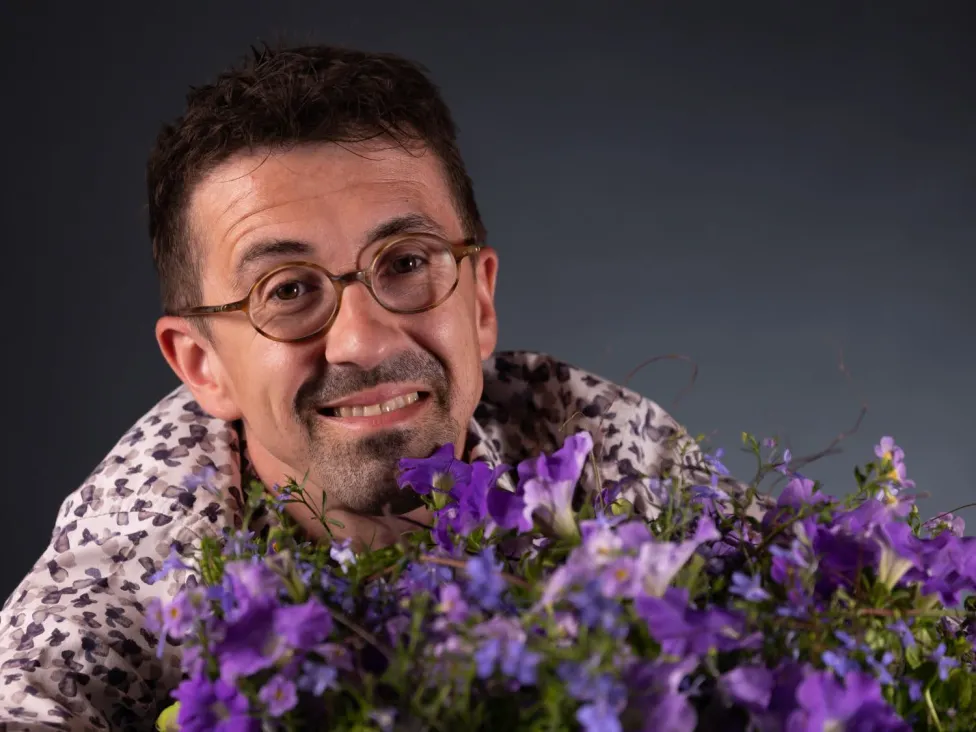The 62nd FAAAA Annual Meeting & Performance
Location:
Lecture Hall
5200 Woodward Ave
Detroit, MI 48202
United States
This year’s FAAAA Annual Meeting will feature "A Performance Celebrating Sango, the Yoruba God of Thunder." This special presentation on Sango, the powerful and enigmatic God of Thunder of the Yoruba people, will highlight select art in the DIA’s African gallery. These Sango-related art pieces include key ritual emblems and the recreated shrine, a one-of-a-kind installation inspired by a well-known historic shrine that is now defunct.
Abiodun Omolara Williams, a woman of Yoruba descent who is also a Michigander and former radio broadcaster for "Voice of Nigeria," will perform songs, chants, and dances exploring Sango’s rich history and enduring legacy in Yoruba culture across the globe.
The event is free and open to the public. A reception will follow.


This year’s FAAAA Annual Meeting will feature "A Performance Celebrating Sango, the Yoruba God of Thunder." This special presentation on Sango, the powerful and enigmatic God of Thunder of the Yoruba people, will highlight select art in the DIA’s African gallery. These Sango-related art pieces include key ritual emblems and the recreated shrine, a one-of-a-kind installation inspired by a well-known historic shrine that is now defunct.
Abiodun Omolara Williams, a woman of Yoruba descent who is also a Michigander and former radio broadcaster for "Voice of Nigeria," will perform songs, chants, and dances exploring Sango’s rich history and enduring legacy in Yoruba culture across the globe.
The event is free and open to the public. A reception will follow.

